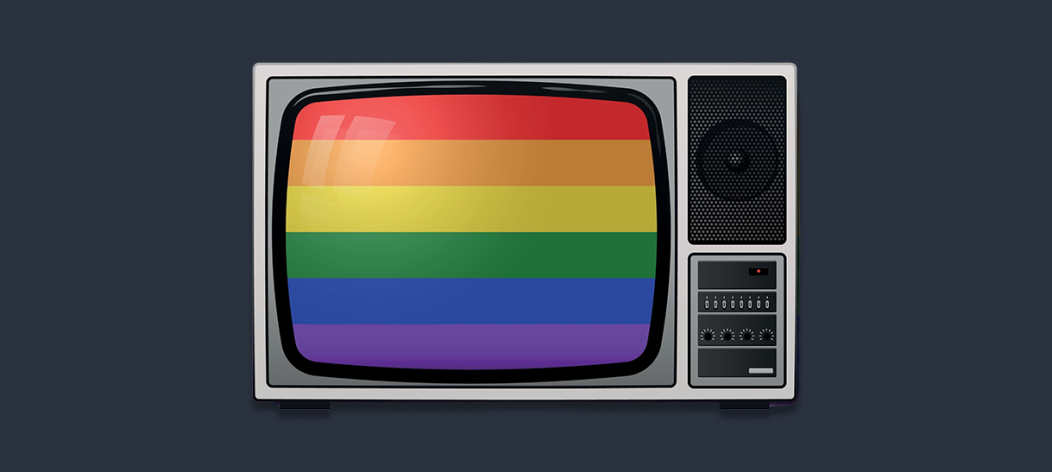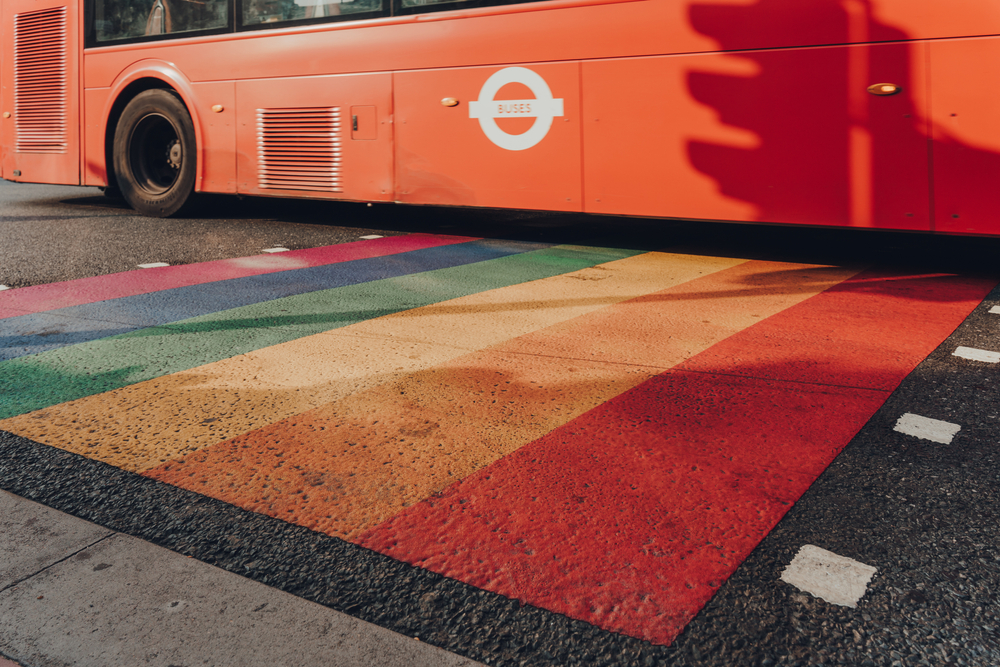

“Did culture really embrace queer people this decade?”
That was the title of a 2019 BBC article, looking at how popular culture has engaged with the LGBTQ+ community like never before. It posed the question: was this progress genuine? While many could argue that any progress is progress – genuine or not – others might see through queer inclusivity and portrayals as mere factors of consumer capitalism.
Let’s go back to the mid-90s, a time when major brands first started incorporating queer demographics into their targeted advertising.
In 1994, IKEA made advertising history, running a TV spot titled Dining Room Table, that featured the ‘first openly gay couple’. It made headlines around the world, at a time long before gay marriage had been legalised. Rather than being suggestive, the 30-second, on-the-nose TV ad depicted two gay men in a seemingly ordinary relationship, discussing ordinary life goals – living together and starting a family.
The ad was a landmark moment for queer inclusivity. When discussing it at the time, Deutsch NY chief executive Val DiFebo famously stated: Love is love is love.
Watch: IKEA’s history-making Dining Room Table ad
Also in 1994, Subaru of America was facing dwindling sales and a failed reinvention campaign for its latest luxury car model. The demographic – white, 18-to-35 year olds – was a crowded target audience, which was fought over by other larger car companies. Opportunity struck when market research uncovered lesbian women made up a fifth of their all-wheel drive purchases. Despite relying on gender stereotypes of the time – something UK law banned in 2019 – Subaru decided to market this car to match its idea of lesbians in the 90s – women with active, ‘low-key’ lifestyles.
Read more: Subaru of America changing its target audience
As a result, Subaru of America also made a concerted effort to support its own gay and lesbian employees – making a successful case for domestic-partnership benefits. And by 1996, Subaru ads of this nature were appearing both in gay publications and in mainstream media – creating a place in the market for crossover LGTBQ+ advertising placement and narrowing the divisive culture gap.
Nowadays, diversity and inclusivity representation standards within content means we see a greater range of queer lifestyles. In movie characters, radio hosts, even amended reality-TV formats – and more so too within major marketing campaigns. Most recently, public-sector OOH campaigns such as TfL’s LGTBQ+ poster exhibition have worked to create safer, more inclusive spaces for queer people across London.

Often referred to as the Pink Pound, the spending power of LGBTQ+ individuals could be looked upon as what drew forward brand inclusivity. In 2006, its value was worth some £70 billion to British business, but it was thought to be desired by businesses as early as the 1980s. With the new, albeit gradually growing, public goodwill for queer people, the 90s and early noughties brought about new opportunities for brands to capitalise on a whole other range of consumers.
Today, jokes run across social media and within queer communities about false brand allyship, more commonly known as ‘rainbow-washing’ during pride month. At the same time, increasing visibility of LGBTQ+ consumers in marketing today enhances brand sentiment, opening up new space for hitting D&I hiring expectations.
The whole movement is not entirely cynical, however. More expansive levels of representation within marketing and the media contributes to stronger education on queer identity, continuously humanises individuals, and highlights causes that remain relevant to this day.
For LGBTQ+ History Month, Octopus Group is sharing an insight into the history of LGTBQ+ in marketing and media. Each week, we’ll cover a different topic to raise awareness and spotlight why this month is important for everyone.
To find out how you can get involved in LGBTQ+ awareness, check out a list of charities and community initiatives here.
Next week: Re-branding Herstory: The rise of drag culture in the media and marketing
The latest (and most useful) B2B insight, delivered to your inbox.
Publicis Pro needs the contact information you provide to send you the latest B2B insights. You may unsubscribe from these communications at anytime.